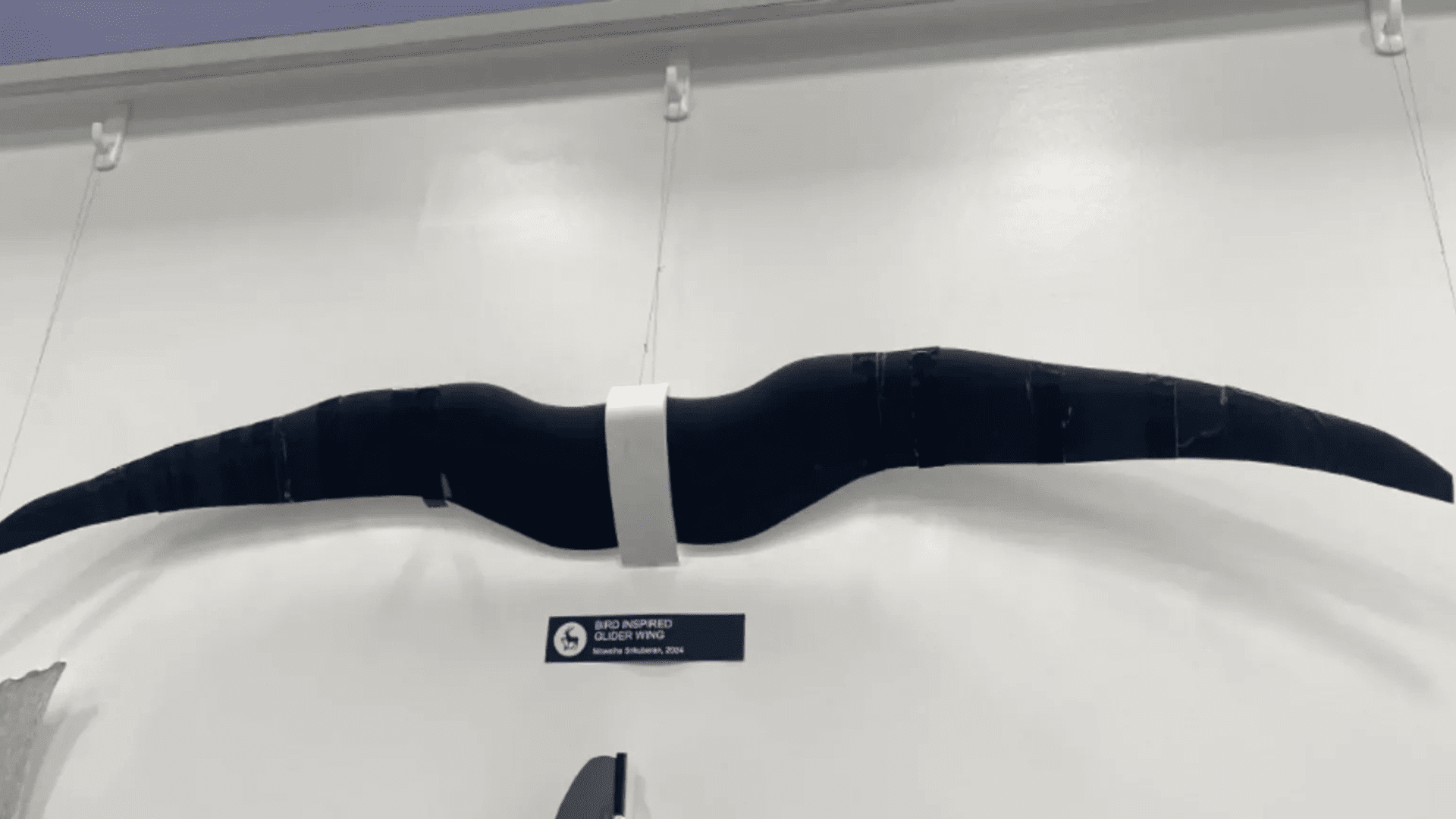Engineers from the University of Surrey are building fixed-wing drones inspired by owls. These drones are designed to deliver packages through skyscrapers and inspect offshore wind farms.
Owl-Inspired Drone Design

Drones typically fall into one of two categories: rotary-wing drones and fixed-wing drones. Rotary-wing drones are agile but drain energy quickly, whereas fixed-wing drones lack agility but fly farther on less power.
In an attempt to merge precision with endurance, researchers developed the new project called ‘Learning2Fly’. The project involved examining how precision-flyers in nature, like owls, are able to navigate in tight spaces.
Researchers believe that mimicking nature could allow fixed-wing drones to weave through cluttered airspace, perch, and remain stable during strong winds. Combining experimental flight data with machine learning, the drones can actively predict and control motion.
Dr. Olaf Marxen, Senior Lecturer at Surrey, said in a press release: “Nature has already solved many of the challenges we face in drone flight. Birds of prey can perform incredibly precise manoeuvres in complex environments, and we’re using those lessons to make fixed-wing drones smarter, more agile and better suited to cities with tall buildings or rapidly changing wind conditions.”
“Traditional simulations such as computational fluid dynamics fall short in turbulent environments and are prohibitively expensive, so our next step is refining the predictive model and testing outdoors,” he added.
To test the aerodynamics, lightweight prototypes adapted from toy planes are tracked by Surrey’s motion capture lab. Sensors and high-speed cameras record the flights in three dimensions, then the team inputs the data into a machine learning model that can predict drone behavior.
The trials allow researchers to test how the drones adapt to obstacles or quick shifts in the air, and the AI builds a richer dataset with each test. This addition of real-world testing, rather than simply relying on virtual simulations, aims to prepare the aircraft for the instability of urban environments.
“We’ve already presented some of our early findings, and it’s exciting to see how well the drone performs even at this stage,” said Owen Wastell, a PhD student and project co-lead. “It’s humbling that in an era of advanced machines and technology, we’re still looking to the natural world – and one of the oldest living species on the planet – for inspiration.”


